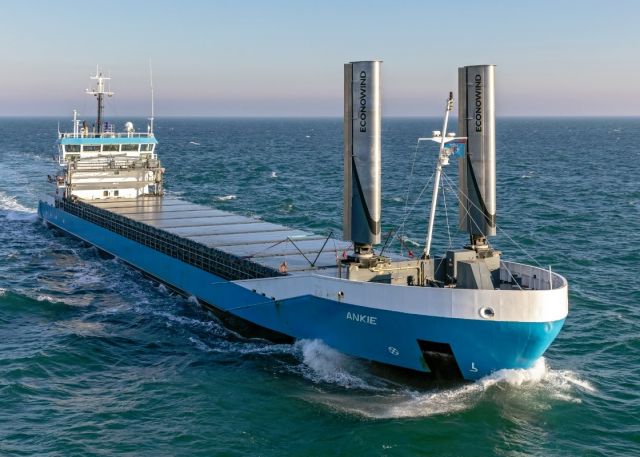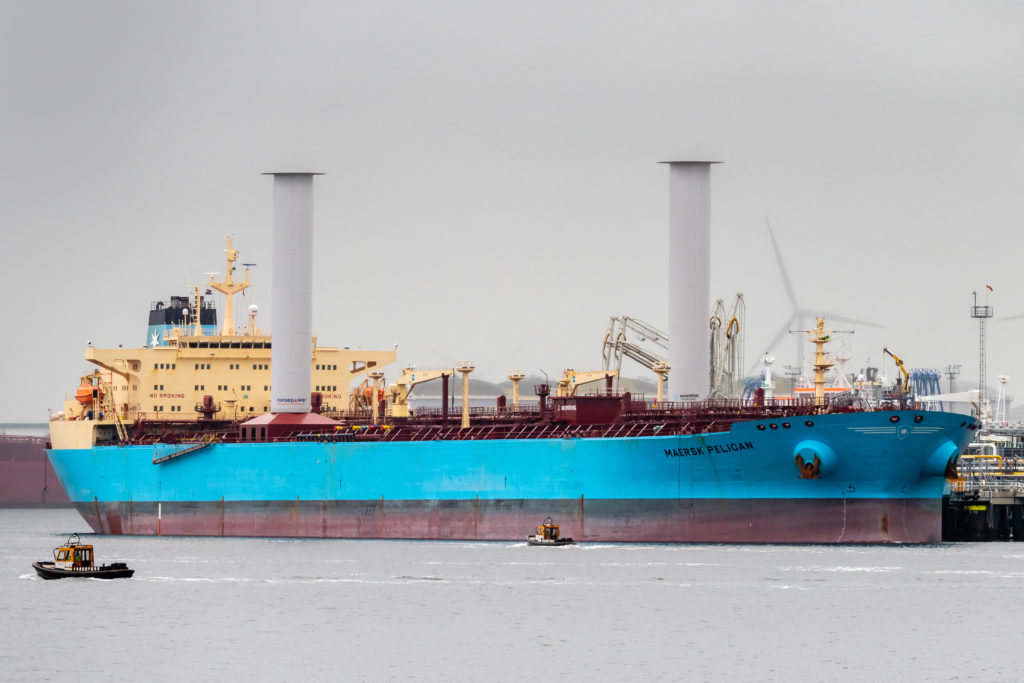By 2023 up to 80% of the world’s ocean-going vessels will have had to be assessed on their CO2 emissions and transport work, and decisions made whether to retrofit new technologies to improve their fuel efficiency.
These new requirements come under the IMO’s so- called energy efficiency existing ship index (EEXI) which while based on existing requirements for newbuilding’s (the energy efficiency design index or EEDI) will likely cause extra work for superintendents and fleet managers as vessels head to dockings and certificate renewals.
The EEXI, along with proposals to improve the already mandatory SEEMP (Ship Energy Efficiency Management Plan) and create a Carbon Intensity Indicator (or CII), are the three proposals from the IMO in its drive to find short term measures that can help reduce the CO2 emissions of international shipping.
Ships that must comply with the EEXI have to do so by the time it goes into its first survey and certification renewal after 2023, but the preparatory work is far from simple, especially for vessels that were constructed without an EEDI technical file to base work on.
Like the EEDI, the EEXI is a design formula dividing a calculation of a vessel’s engine power (or CO2 emissions) with the transport work (the tonne-mile for cargo factor).
Like the EEDI, but not the EEDI
The EEDI was developed with a set of ship type and size specific reference targets that had to be met depending on year of build. So when a ship is designed and built, a formula is used to find its EEDI value (as designed) which is then proven (during sea trials). The proven EEDI has to be lower than a given value for that vessel type, size, and year of build.
The IMO has not agreed the EEXI targets yet, although with the formula already in existence, class societies have begun courting owners to begin the process of evaluation, wisely perhaps given the number of vessels needing to have compliant paperwork.
The EEXI, as said, is similar to the EEDI, so for vessels with the EEDI technical work done, the workload is likely to be easier.
The EEDI regulations came into force in 2013, so all ships designed and built after that date will have an EEDI technical file onboard. These files, said Fabian Kock, head of DNV GL’s environmental certification section, during a recent webinar, can be used by the owner to be compliant with paperwork requirements. But this does not mean that the vessel does not need some additional work done to have an acquired EEXI below its given reference line.
The problem of choice
According to DNV GL the choices that a vessel owner may have will be somewhat limited given how the EEXI formula works. The single most likely option by owners will be to reduce a vessel’s power. According to consultancy/class society, engine power limitations can give an EEXI reduction of up to 37%, while energy saving technologies give significantly less. A pair of rotor wind assist systems on a medium-large tanker would give an EEXI reduction of less than 4% and underwater hull additions such as fins, ducts etc would also give under 4% EEXI reduction (EEXI reductions do not directly correlate to fuel savings or emissions reductions).
Another point raised by some lobby groups is the decision for these short-term measures to focus only on CO2 emissions. They remain concerned over the potential for methane slip from increasingly popular dual fuel or gas engines on ships that are powered by liquid natural gas. Methane slip is the unburned methane from some engines that goes straight into the atmosphere. Methane is a much more powerful greenhouse gas than CO2. According to some calculations though, an engine converted from marine diesel to run off LNG will give a 25% improvement of the EEXI, which may be a winning factor, albeit costly, to keep a vessel compliant and in service.
The IMO’s next Marine Environment Protection Committee is in June 2021when amongst its heavy workload it will try and finalise the guidelines for the EEXI as well as the details of the CII. There are also the difficult discussions about the log term measures for decarbonisation of the industry, and what some now see as the inevitability of a market-based measure.

































